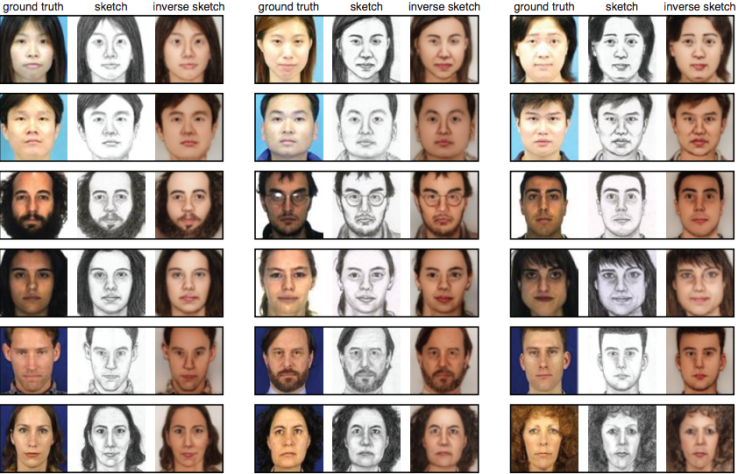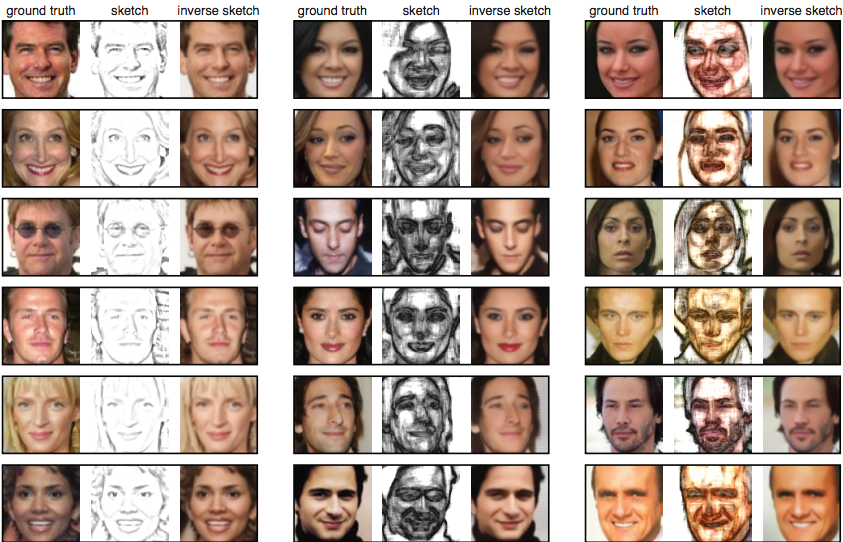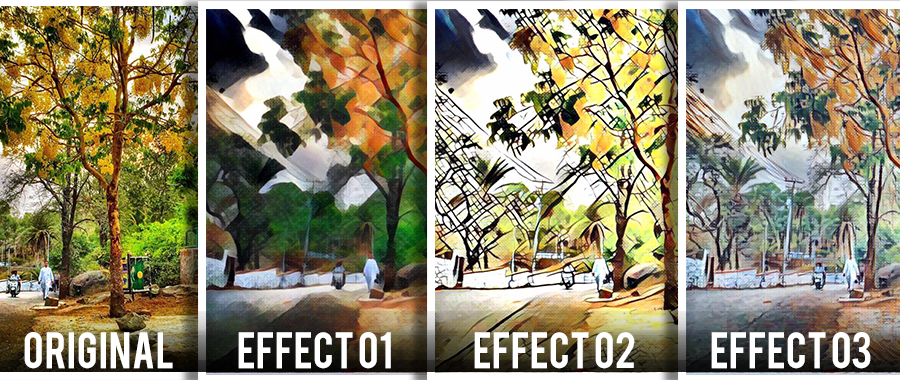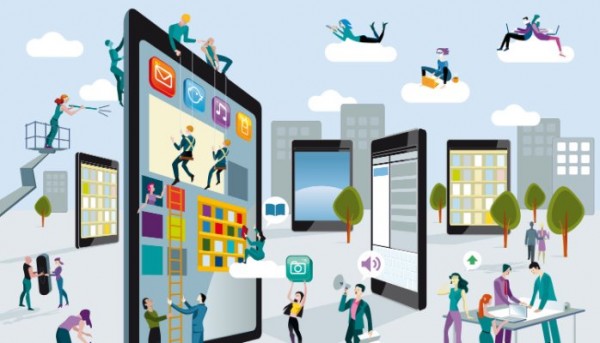Recently, I read one blog on the web in which it was discussed how Uber, Airbnb, and Etsy attracted their first 1000 customers. I was quite with the explanation, so though to share the information that I read.
As we all know that there are lots of new businesses, who struggle often to find their first customers. The major challenge is with startups in their sharing economy, which launches as platforms connecting independent service providers with consumers.
However, you can take Uber. It is a platform with two-sided, linking people, who are looking for rides with people, who have rides to offer. Well, it is an exactly same idea as Airbnb that also connects people needing rooms with home-owners. These are the companies, who need to search for users on both supply and demand sides to launch as a platform service.
There is one saying “Poaching Customers Is Something All Competitors Do In Different Ways”.
A Harvard Business School’s Thales Teixeira, Lumry Family Associate Professor of Business Administration says, “When you have a two-sided platform, you have to acquire both the customers and the services”.
“It’s the classic chicken-and-egg problem,” he says. You can’t have one without the other, but which one do you find first—the customer chicken or the service egg? “As a small company, you cannot afford to focus on both with the same amount of effort. You may need to prioritize one side.”
In order to teach a new course on eCommerce marketing next spring, Teixeira made it his goal to find an answer. He researched and studied three most popular and successful startups, including Uber, Etsy, and Airbnb so that he can find some commonalities in how these businesses resolved the quandary.
In a new HBS case, Teixeira described that Uber, Airbnb, and Etsy: Gaining the first Thousand Customers. These three platforms are focusing on getting the service side of the equation first, customers second. But there’s a catch. “It’s not just the chicken and the egg, you also want to select the right eggs,” explains Teixeira. “If you acquire the wrong eggs and ostriches come out, then you are in trouble. The chickens will run for the hills.”
Contemplate Like Customers
It’s already clear to the founders of the apartment-sharing website from the commencement that Airbnb need to search people, who are eager to list their homes before searching people interesting in staying in them.
“If you don’t have a supply of houses and apartments, people are not going to come,” says Teixeira. The problem was, where to find people willing to let strangers stay in their places. It’s not like they could go around San Francisco knocking on doors.
Even the founders named Brian Chesky and Joe Gebbia thought like customers themselves so that they can figure it out where they would go if Airbnb didn’t exist. However, it didn’t take them long to find out the answer: Craigslist.
The entrepreneurs predicted that they could do a better job of making apartments attractive compare to the online classified website; however, they had to siphon away its customers. In order to that Gebbia and Chesky have developed software to hack Craigslist to citation the contact information of property owners; therefore, sent them a pitch to list on Airbnb also.
This strategy worked very well. Property owners gathered their chances of searching a potential renter with nothing to lose, and Airbnb had ready to supply homes with which it could entice customers.
“Poaching customers is something all competitors do in different ways,” says Teixeira. “If you are a website and you are providing content to users publicly, others can grab that information.” It’s not enough to just take someone else’s customers, though, he warns—you’ve got to give them something better than they had before.
Create a Better Experience
The Airbnb founders comprehend that they have a problem once they had apartment owners on the hook. When it comes to talking about the subpar photos, which property owners were taking for Craigslist on their iPhones would never work for customers looking for an alternative to a hotel.
“The first time a person goes on Airbnb, they are comparing the quality of photos to hotels that take glamorized shots,” says Teixeira. “They needed to compete at that level.”
Chesky and Gebbia did something very amazing in order to do that would never be scalable. Hiring experienced and professional photographers in order to go to property owners’ homes so that they can take pictures. However, the gambit also worked extremely hard in order to make the website more attractive than the usual.
“The underlying principle of this is you should help your suppliers portray themselves in the best way possible, even if that is not scalable,” concludes Teixeira. “If you don’t have customers, there is nothing to scale.”
Uber, a ride-sharing application, followed the same strategy. Instead of starting out with Uber Pool or Uber X in which drivers use their own cars as the company has started with black cars that can be driven by professional drivers.
This way they can make sure that their customers would have an excellent experience effectively every single time they used the service. Then they could rely on customers as well so that they can spread the news of that experience by word of mouth. Regarding this Teixeira says, “That’s why you get the supply side first—if you get the right suppliers, the customers will experience their high-quality service and then do the marketing for you.”
In order to search the right eggs with which to introduce its business, Etsy has followed a right certainly non-scalable strategy: scrubbing craft fairs across the country to know the best vendors at each, and pitching them on opening up an online store on the website. “They first brought their customers, and then they brought other artisans who followed the customers.” Once Etsy had the first-tier artisans on the site, the next tier naturally followed them.
Sequencing Is Everything
When it comes to talking about Airbnb and Uber, they were also keen to know that how they choose to enlarge, picking the right cities at the right time to boost the success. The startup has researched that which cities had the biggest discrepancy between supply and demand for taxis since the main competition of Uber was taxi cab companies.
They then launched during times when that demand was likely to be the highest, for example during the holidays when people tend to stay out late partying. It also ran promotions during large concerts or sporting events, when big crowds of people all needed cabs at the same time, and an individual might be more likely to take a chance on an unfamiliar company named Uber.
Therefore, the company also learned about customers in one swoop. Teixeira says, “First, they figured out how to get a bunch of customers all in one night when the demand was high. Then, they made sure this first group of users had a great experience and brought in the next wave of customers via word-of-mouth.”
On this fact, the company also layered that once users comprehended how easy it was as it was only matter of time before they begin using it to go to work and after that shopping for groceries.
However, Airbnb also followed a similar strategy with its rollout, introducing in Denver in 2008 to accord with the lack of hotels pace while the Democratic National Convention and adding new cities at times when they had major conventions or other events.
Along with the real demand, the strategy has another benefit – Teixeira says, “Your competitors don’t see you as a threat since you are not taking away from their demand.” It is already late for them to do anything about it by the time you have the position in the market.
Introducing in different situations of increasing demand and low supply helping startups obtaining the accurate type of customers. All those who are early adopters, who might be more merciful of a company while it works out the bends. Teixeira says, “You are still a startup.” He also adds, “you have to find people who are willing to accept your flaws and cut you some slack. Satisfying all their needs and wants is just not feasible at this early stage.”
Now, what? From 1000 to 100,000,000
A company can also commence thinking about how to enlarge their customers base through means of marketing. Teixeira wrote a sequel case study to solve the problem, Airbnb, Etsy, Uber: Growing from one thousand to one million customers, and it is currently working on a third entry in the series, which will observe how a platform can go from one million to many millions of customers.
In every single case, you will find different strategies. However, word-of-mouth will work for the first thousand and it is not going to help you to reach to a million. “You have to be more proactive and control the acquisition process, which word-of-mouth does not allow for.”
This is the situation where digital marketing will help out, enabling different companies to get targeted customers through different search ads or social media at the affordable rate.
Teixeira says, “It’s highly targetable and you can do it on the cheap” – adding that digital marketing also makes it a lot easy for varied companies to quickly iterate its advertising message, altering it in order to figure it out what works best. “Only after passing the millionth customer can you go into advertising on traditional media. That’s when you need massive scale, so you go to mass marketing.”
It must expect the main purpose of advertising to attain the best effects in boosting new customers as the company grows. Teixeira says, “Some tools are better for the beginning, some are better when you are bigger.”
He also adds, “It’s not about, should I use digital marketing or word-of-mouth or TV ads. The question only makes sense when you say, ‘I am at this stage, what approach should I take?’ Only when you answer that question will you know what tool is most appropriate.” He also added, “You need the right size of eggs for each stage of your nest.”
























